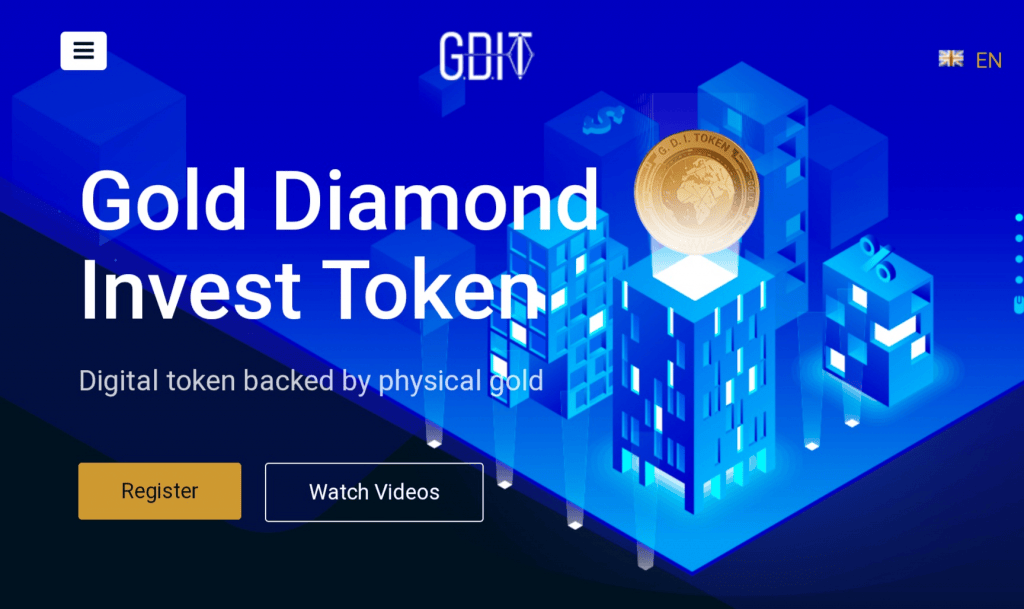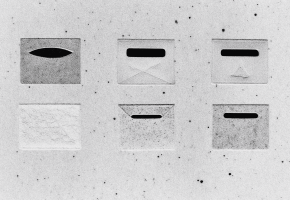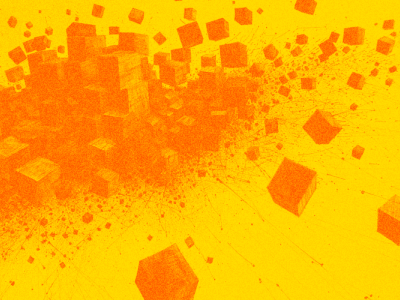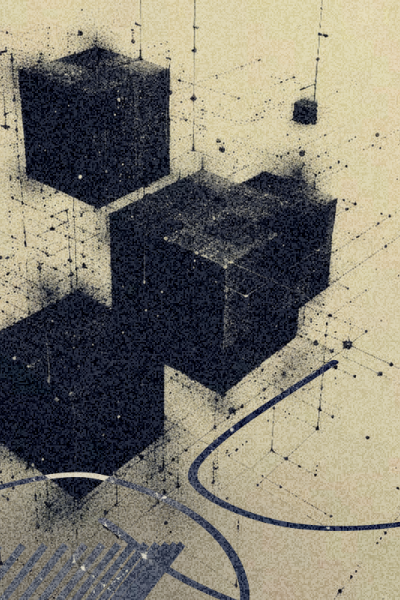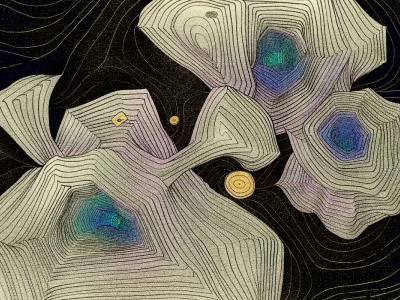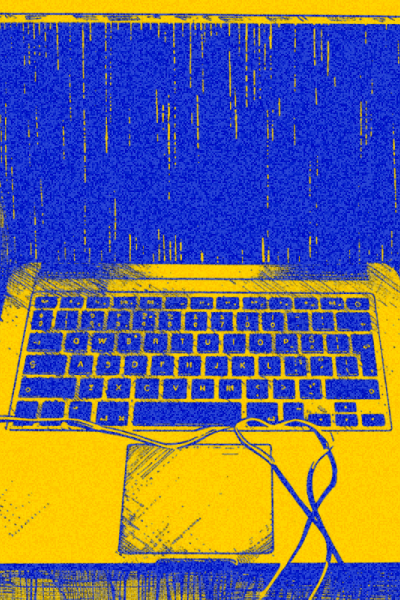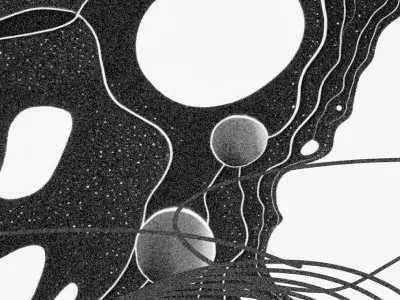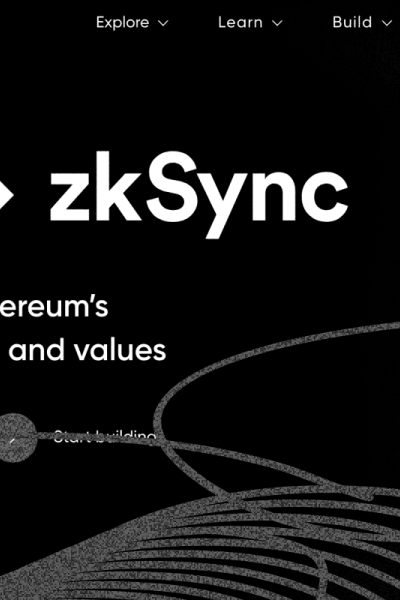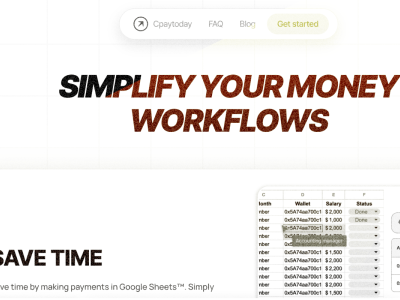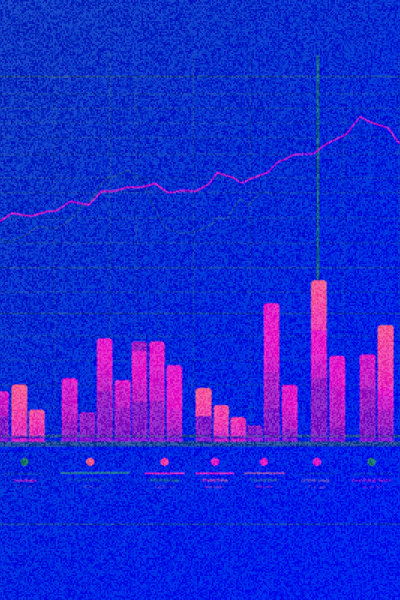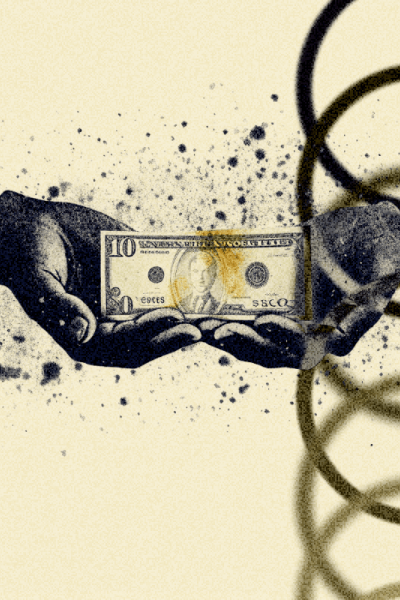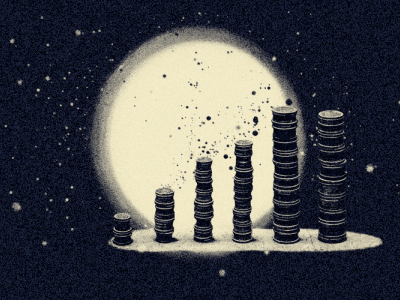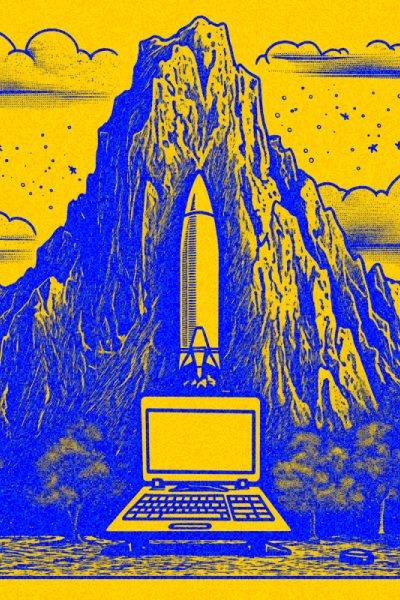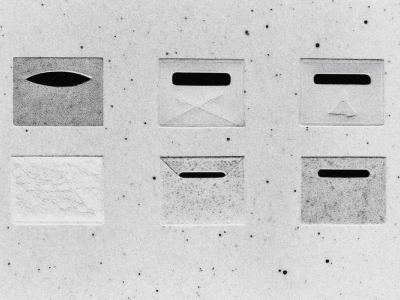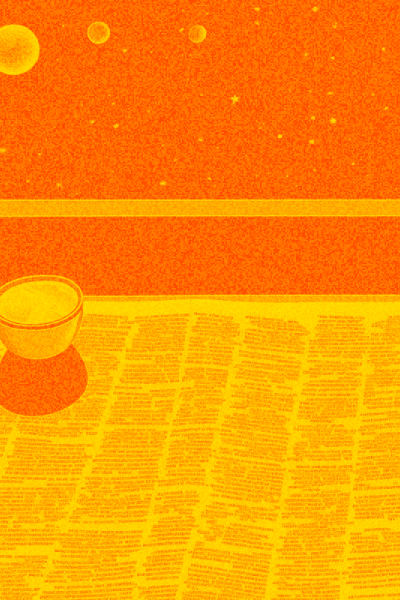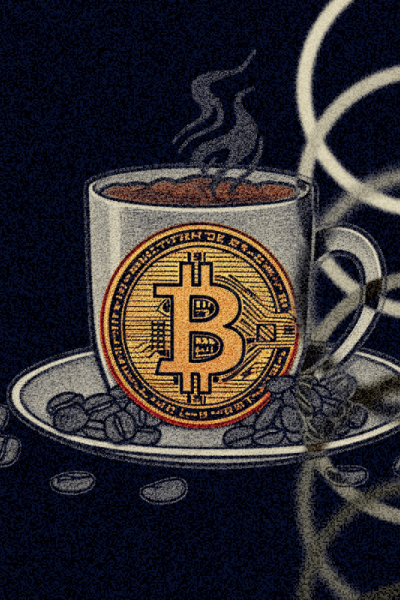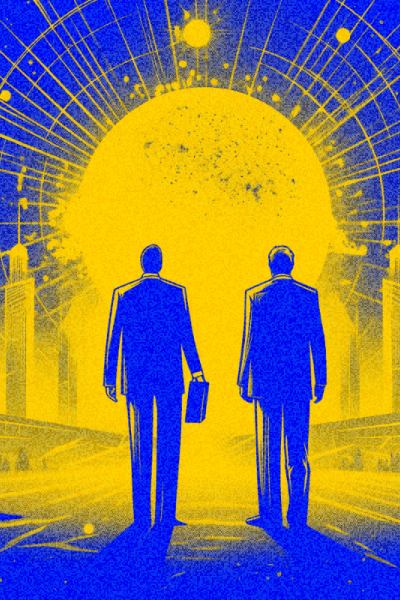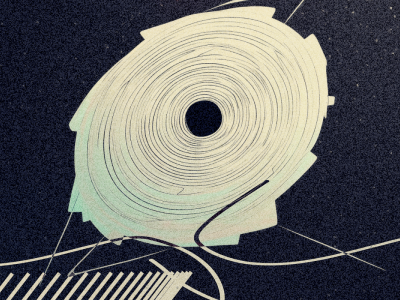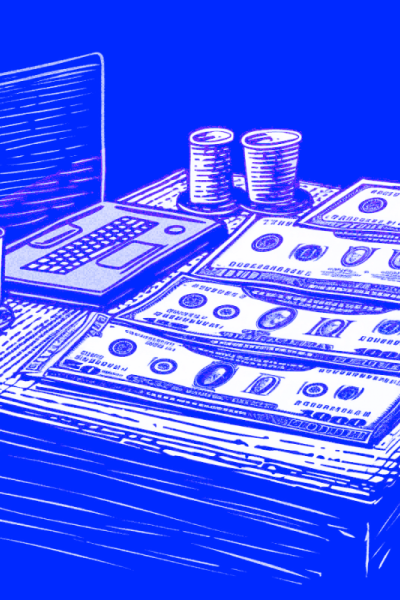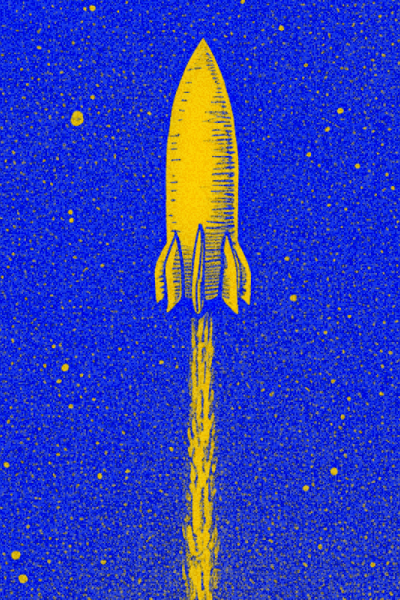The process of tokenizing assets adds extra value by providing sellers and buyers with privileges that are absent in traditional asset trading on the exchange. For example, tokenization allows businesses to draw in investments from the crypto world, automate transactions, and introduce novel methods of product distribution. Here, we outline the main advantages and risks associated with tokenizing tangible assets for businesses.
Entering a new realm of distribution. By tokenizing real assets, a company taps into the financial resources of digital investors to expand its offline business. Platforms that facilitate the trade of crypto-assets, such as NFT marketplaces, centralized, and decentralized exchanges, play a pivotal role in facilitating this.
Fragmentation of ownership rights among numerous small investors. Thanks to blockchain, a key player in the tokenization of real assets, a company can break down its assets into tokens of various sizes, like gold bars, kilograms, square meters of real estate, and more. This enables the company to sell real assets to a multitude of small investors, streamlining the investment process and accelerating fund acquisition.
For example, on a traditional stock exchange, an investor cannot purchase less than one share, but in the crypto world, they can. In simpler terms, an investor can acquire a token representing a 0.000001 fraction of an asset, gaining access to even high-value assets for which they may not have enough funds to buy outright.
The direct transfer of ownership rights to investors, without intermediaries, brings added value. Legislation in many countries, such as the United States and Switzerland, allows for token trading without intermediaries, such as governmental or financial institutions. Direct asset trading reduces transaction costs and expedites the asset-selling process.
Transaction automation through smart contracts is another significant aspect. A smart contract is a digital agreement between a seller and a buyer that operates on the blockchain. It establishes the rules of a digital transaction, monitors the fulfillment of obligations by both parties, and automatically executes contract conditions upon specific actions. For instance, an investor gains the right to execute a transaction after making a deposit or confirming their financial capability.
New business models emerge alongside traditional methods of selling assets. Instead of physically transferring ownership, a company can engage in transactions involving real assets by transferring only their digital rights.
For example, while trading wine in an offline store, a company can issue tokens and sell the right to own a bottle of wine in the digital realm, keeping the actual bottle stored in a specially equipped warehouse. In this scenario, smart contracts can be used to enable investors to independently resell bottles in the form of tokens to each other, with the company automatically receiving a commission for each transaction.
Token issuance and entering the NFT marketplace serve as effective marketing and PR tools. Many prominent brands from various industries, such as New Balance and Gucci, are exploring the NFT market, actively promoting their involvement and attracting new audiences.
Despite the advantages of tokenizing real assets, there are associated risks, categorized into legal and business risks.
Legal risks of tokenization are related to the legislative regulation of the crypto industry in general and, specifically, the tokenization of real assets.




